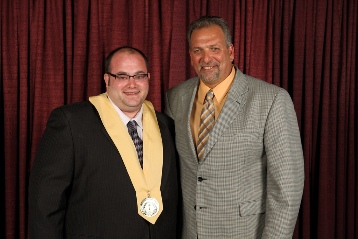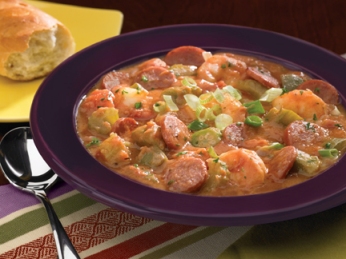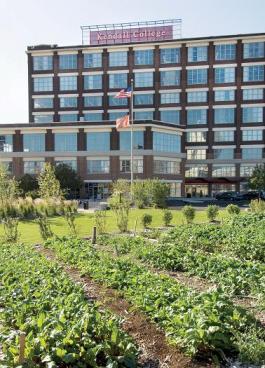Chefs Speak Out: Starting Like He’s Already 10 Minutes Late
Monday, 06 September 2010 20:33By Brent T. Frei
 Rising culinary star Michael Matarazzo, the U.S.A.’s Chef of the Year™ for 2010 by the American Culinary Federation, is merely grateful to still be learning.
Rising culinary star Michael Matarazzo, the U.S.A.’s Chef of the Year™ for 2010 by the American Culinary Federation, is merely grateful to still be learning.
Michael Matarazzo, 30, executive chef of Bear Mountain Inn in New York’s Hudson Valley, has already achieved more than many chefs who are half again his age. What distinguishes him among chefs of his generation who have garnered so much glory so soon is his humility. “I didn’t expect this; I didn’t even prepare a speech,” he said after being named the U.S.A.’s Chef of the Year™ for 2010 by the American Culinary Federation (ACF) at the organization’s national convention in Anaheim, Calif., in early August. “It’s mind-blowing to me that I am standing here with the amount of talent that is in this room.”

 Although a common vision for your curriculum takes patience, careful listening and explaining to many audiences, it can excite everyone to contribute and revitalize your program.
Although a common vision for your curriculum takes patience, careful listening and explaining to many audiences, it can excite everyone to contribute and revitalize your program. A Guide to Choosing What’s Right for Your Kitchen
A Guide to Choosing What’s Right for Your Kitchen Says Chef Weiner, using firm-cooked sausage to teach the technique of braising can be accomplished within a short class time and brings the concept home to students.
Says Chef Weiner, using firm-cooked sausage to teach the technique of braising can be accomplished within a short class time and brings the concept home to students. Defining “sustainable food” is not a black-and-white issue like water and energy conservation or waste-stream reduction. The decisions are value judgments that are unique to each individual.
Defining “sustainable food” is not a black-and-white issue like water and energy conservation or waste-stream reduction. The decisions are value judgments that are unique to each individual.